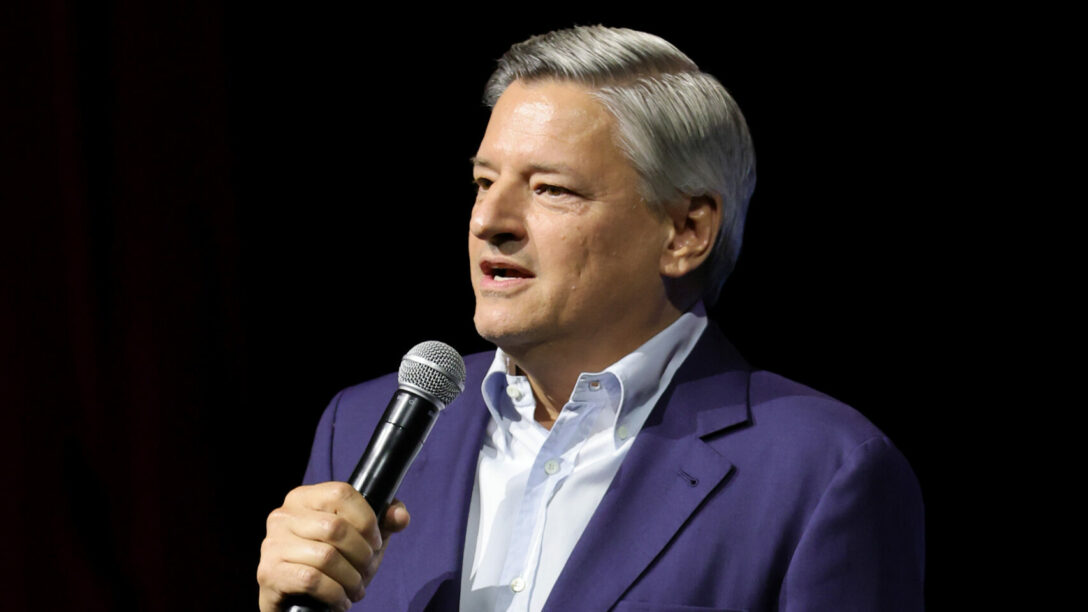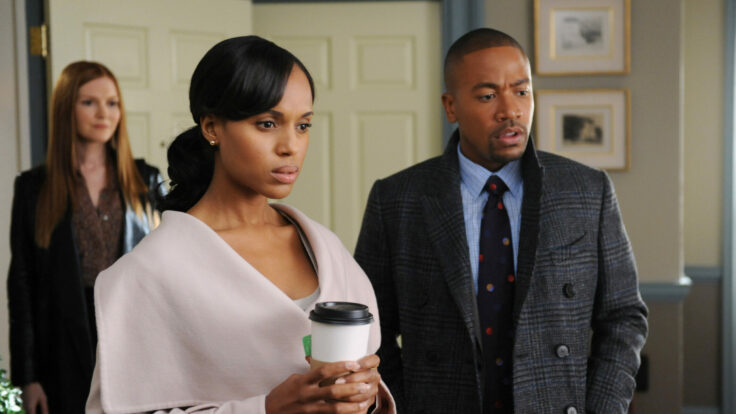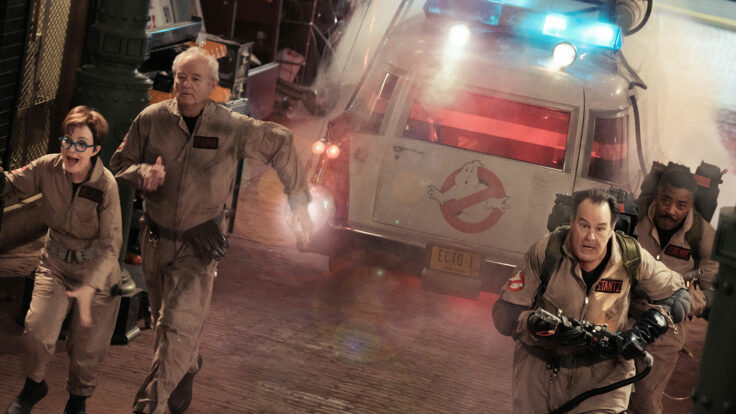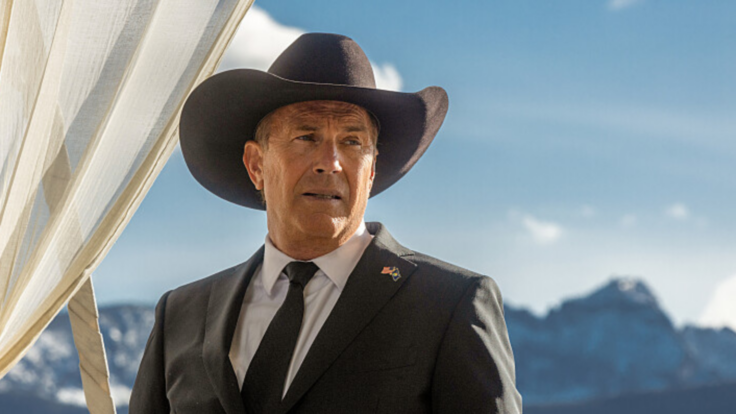Back in 2016, a simpler time before Disney+ and Paramount+ and HBO Max and AppleTV+ and Peacock, Netflix’s chief financial officer David Wells made an ambitious proclamation. Netflix, then known largely for House of Cards, but also for Breaking Bad and Dawson’s Creek reruns, would double down on its studio approach: over the next few years, he said, 50 percent of Netflix would be original content. Half.
The declaration came at a pivotal moment. Netflix was dominant in streaming, of course, but also reliant on licensed content to feed its growing audience. At the time, shows like Friends and The Office regularly led its internal most-watched lists. But Disney was gearing up to announce that it will pull its content off Netflix, ending a multi-year distribution deal. It was inevitable that Warner Bros., NBC, Fox, and the rest would eventually pull back their best stuff, too.

















